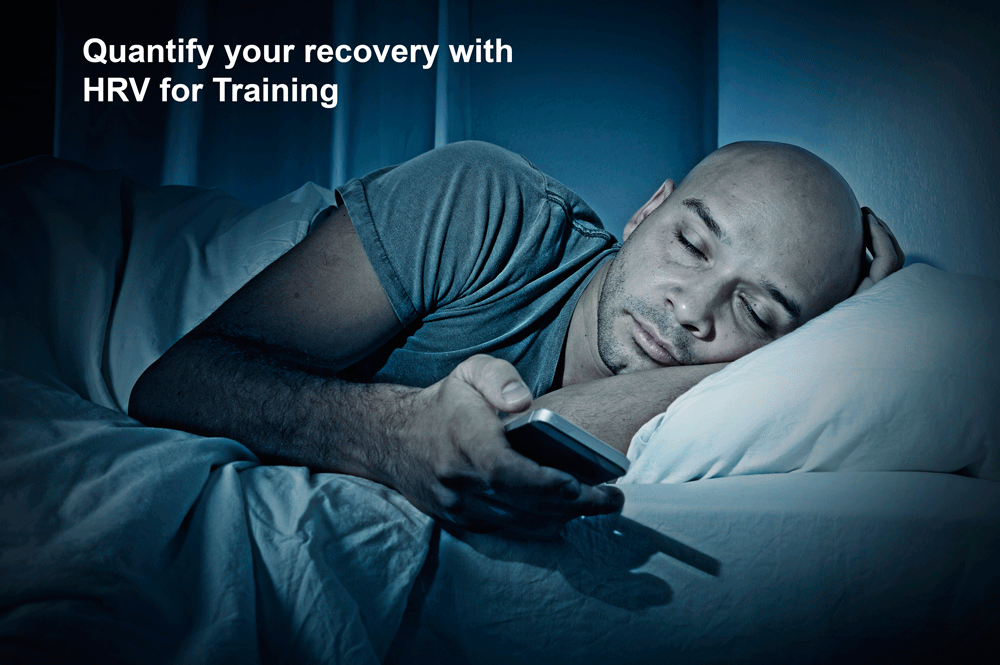HRV for Training & Recovery
Most athletes know that getting enough rest after exercise is essential to high-level performance, but many still over train and feel guilty when they take a day off. The body repairs and strengthens itself in the time between workouts, and continuous training can actually weaken the strongest athletes. In competitive sports, improved performance is achieved by alternating periods of intensive training with periods of relative rest. Rest is physically necessary so that the muscles can repair, rebuild and strengthen. For recreational athletes, building in rest days can help maintain a better balance between home, work and fitness goals.

How does it work?
- Once you have your equipment, you will run a 3-minute "HRV for Training" session each day before you get out of bed (preferably around the same time each morning). Note: 4 Days of reading is required to get your first result.
- You will then be presented with a result that recommends you “train as usual”, have a “low exertion day” or “rest day” based on the individual’s baseline trend.

Further reading on HRV for Training
- Using HRV for Improved Sports Performance by SweetWater Health
- HRV for Improved Sports Performance Slides by Ronda Collier
- Endurance Planet: A Guide to Effectively Using HRV for Training and Health with SweetWater Health’s Ronda Collier w/ Tawnee Prazak
- 25 Ways To Know With Laser-Like Accuracy If Your Body Is Truly Recovered And Ready To Train w/ Ben Greenfield
- Do Professional Sports Teams Have It All Wrong When It Comes To Optimizing Performance & Recovery? w/ Ben Greenfield
- What Kind Of Damage Happens To Your Body After You Do A Hard Workout, Triathlon or Marathon? w/ Ben Greenfield
- Fitness Nerds Podcast - Performance Recovery with SweetBeat HRV HRV and RestWise w/ Coach Ryan
- Heart Rate Variability: Train Smarter with Biofeedback w/ Endurance Skating
- How To Dig Yourself Out Of The Hole – What To Do When You’re Overtrained w/ Ben Greenfield

